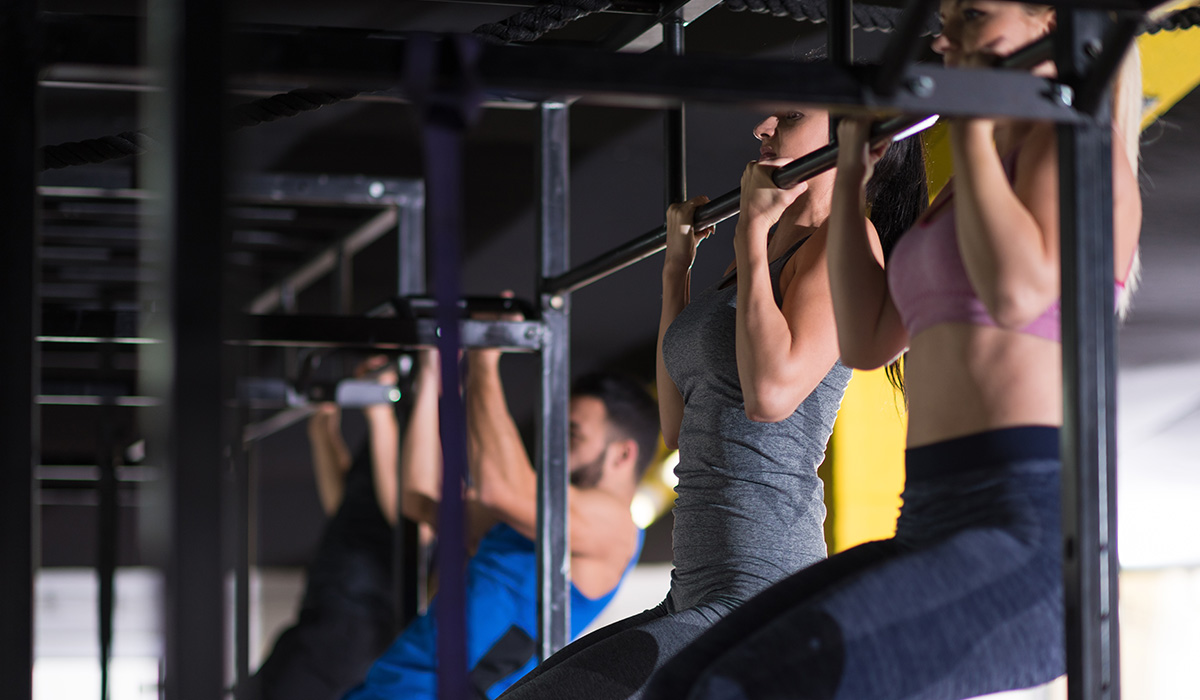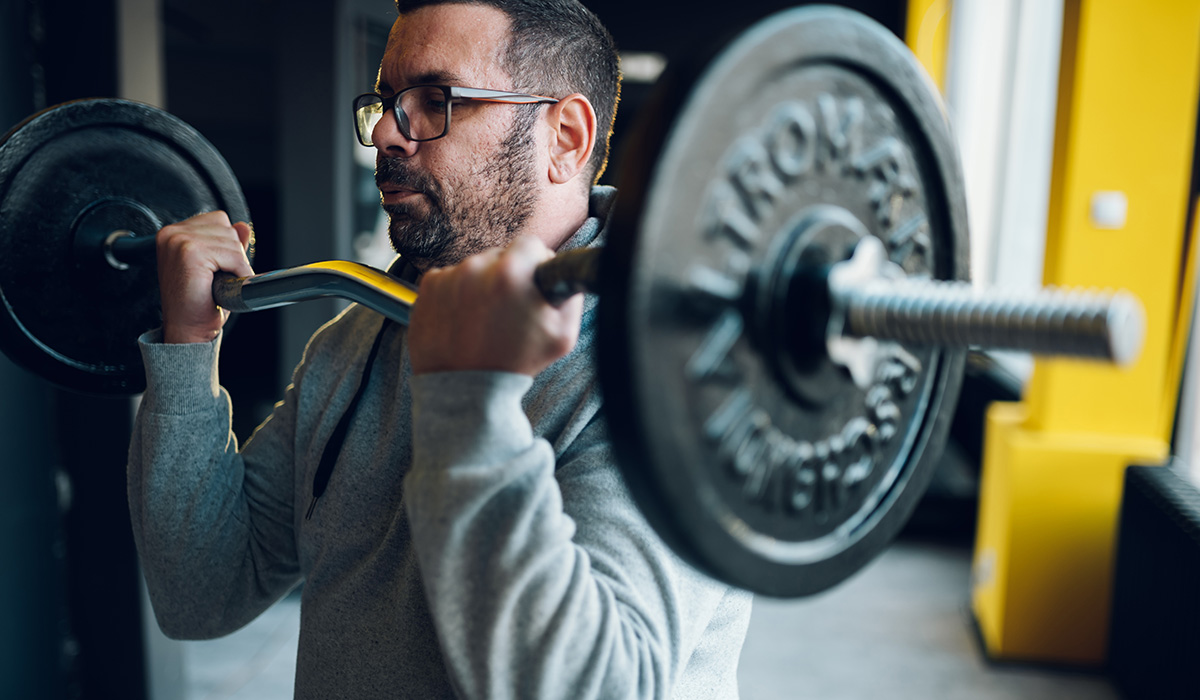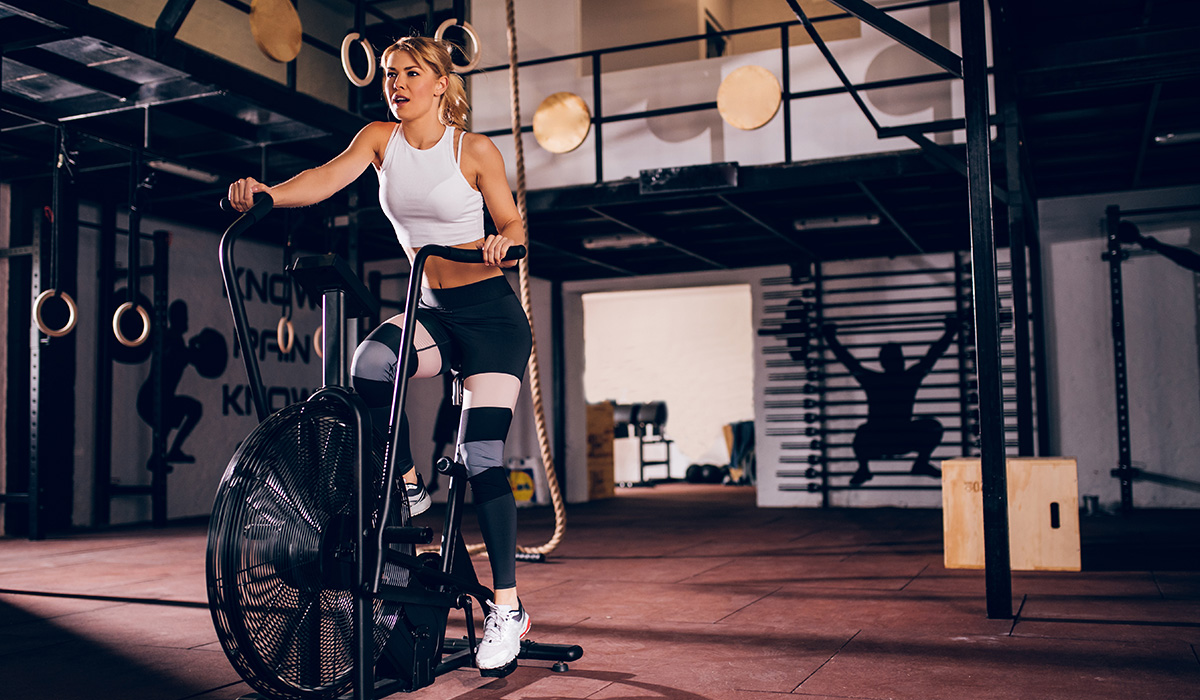Sets and reps are the terms used to describe the number of times you perform an exercise. A rep is the number of times you perform a specific exercise, and a set is the number of cycles of reps that you complete. For example, suppose you complete 15 reps of a bench press, that equals 1 set.
No matter how many reps you’re completing per set, most fitness experts recommend performing between two and six sets for each exercise. Although even 1 set work, pushed to the right level has shown to be beneficial if time is an issue.
STRENGTH TRAINING POINTS
Gym lore says that rep range determines whether you’ll build strength, muscle, or endurance. However, load, speed, and “time under tension” are actually more important than the number of reps.
Your body reacts best to what’s new, so it’s worth employing various training styles.
Of course, the rep range you choose requires scaling your weights: You can lift heavier weights if you’re doing fewer reps.
Whilst rep ranges are a useful guide, we must keep in mind that training our bodies is a physiological process that relies on adapting to a specific stress. It is the quantity and quality of that stressor, and subsequent recovery, that determines progress, rather than a specific number of repetitions.
So, the quality of the exercise, the weight you are lifting and hitting that failure feeling is most important. For beginners lifting a big weight and hitting 6 reps may be daunting but doing a lighter weight for 20 reps is more manageable.
WHAT ARE THE BENEFITS?
- Makes your body stronger (not bigger)
- Burns calories + speeds up the metabolism
- Decreases body fat %
- Decreases your risk of falls + improves co-ordination
- Lowers your risk of injuries
- Improves heart health / lowers blood pressure
- Strengthens bones
- Boosts your mood and improves brain health










